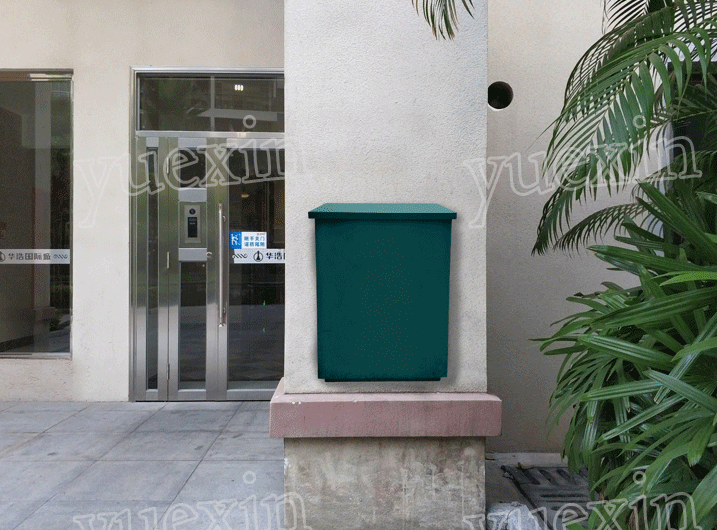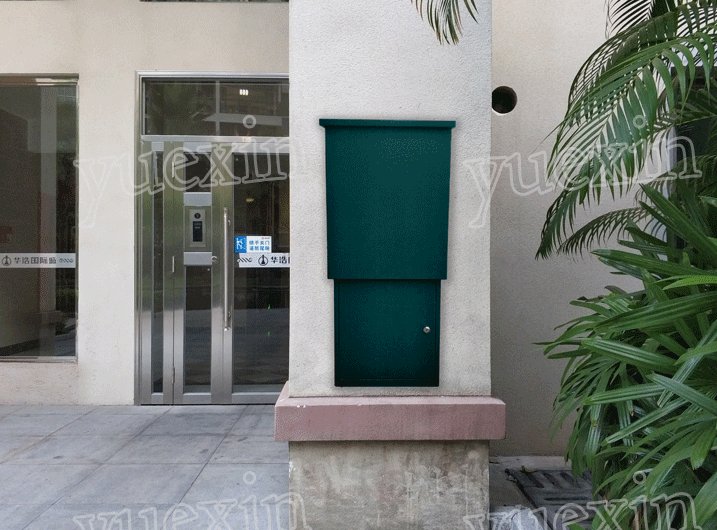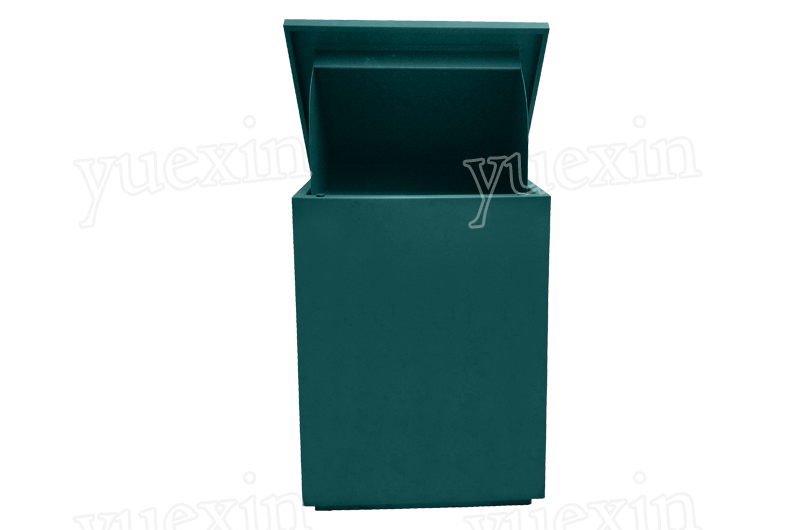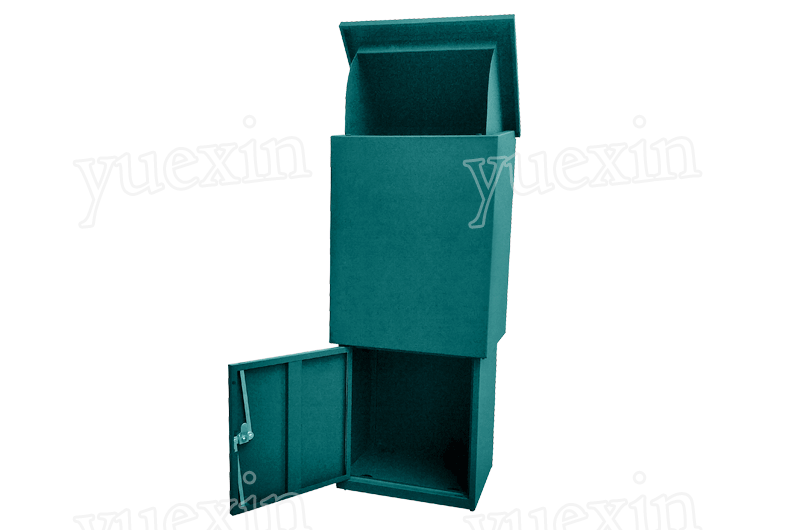New nano-printing process creates the smallest "Mona Lisa" in the world of 30 microns
Recently, researchers at the Georgia Institute of Technology in the United States used nanochemical technology to create Da Vinci's famous painting "Mona Lisa" on the world's smallest "canvas". The surface of the canvas is only about 30 microns wide, about 1/1 of the human hair 3 width. The researchers pointed out that the production of this "mini Lisa" proves that the technology can change the surface molecular concentration at the microscopic scale, and has great potential for application in nanodevice manufacturing. Related papers were published online in the journal "Langmuir" of the American Chemical Society.
It is very difficult to produce a gradual change in chemical concentration at the submicron scale. To create the painting, the researchers used an atomic force microscope and a process called "thermal chemical nanoprinting (TCNL)". They put a heated spiral arm on the surface of the painting material, and a series of local nano-chemical reactions were generated pixel by pixel, realizing the chemical gradation of amine groups. Keith Carroll, a doctoral student at the school, said that by changing the temperature at each location, the number of newly generated molecules can be controlled. The higher the temperature, the higher the molecular concentration at this location and the lighter the shadow, such as the "mini Lisa" forehead and hand location. The lower the temperature, the deeper the shadow, such as her clothes and hair. Each pixel is 125 nm apart.
"By adjusting the temperature, we can control chemical reactions and produce changes in the concentration of nanoscale molecules on the surface of the canvas." Said Jennifer Curtis, the research leader and associate professor at the School of Physics, "the space constraints for these reactions provide the required It ’s precise enough to produce works like 'Mini Lisa'. "
The researchers hope that the technology can be extended to other materials. Curtis said: "We envision that the future TCNL can realize the gradual mode in other physical or chemical properties, such as the conductivity of graphene. This technology has a wide range of applications, in nanoelectronics, optoelectronics and bioengineering, will People are brought into areas that have never been seen before. "
According to Curtis, another advantage of this technology is the atomic force microscope. This tool is quite popular and relatively straightforward in thermal control, allowing the technology to enter academic or industrial laboratories.
In order to promote TCNL nano-manufacturing equipment, they recently combined 5 hot spiral arms into a nano array to increase the generation speed. This technology provides a high spatial resolution, even if there is only one arm, the speed is faster than other current methods. Curtis said he hopes that TCNL will provide new options for nanoprinting for large surfaces or everyday materials that are more than one billion times larger than itself.
You need a Smart Parcel Drop Box to deter porch pirates from plundering your packages. These Smart Parcel Boxes are good choice for the online shopaholic who wants to keep their deliveries safe. The Smart Package Delivery Box has a smart function to remind you when there are something put in, and there is a monitor that you can see around area. The Smart Mail Box is featuring a durable powder-coated finish and iron construction for corrosion resistance. This Smart Package Drop Box is ideal for apartments, colleges, condominiums, corporate mail centers, homes, military bases, office buildings, and schools.





Smart Parcel Drop Box,Smart Package Drop Box,Smart Outdoor Parcel Delivery Box
TAISHAN YUEXIN GROUP , https://www.yuexingroup.com
